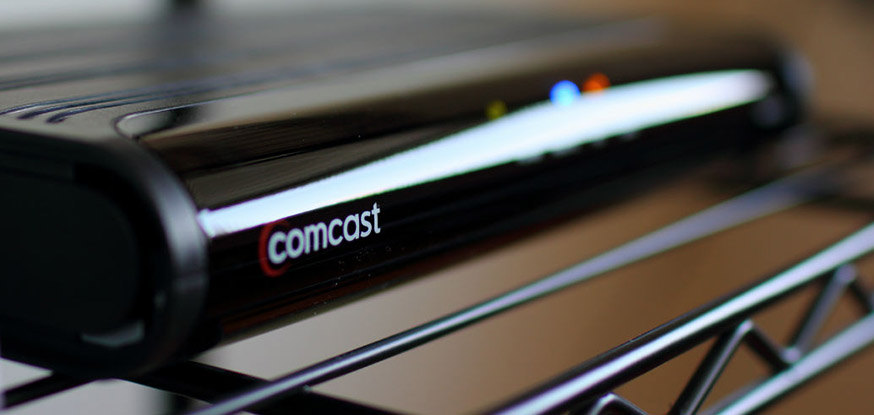US cable incumbent Comcast Corp has been forced to revise its strategy as more and more US consumers either discontinue their cable services - or opt for cheaper alternatives. The emergence of OTT players such as Netflix and Amazon have also added significantly to the increasing pressure on traditional cable companies.
This decline in the cable industry has subsequently forced Comcast Corp to focus more on the services it provides for the ever-growing US 'smart-home' sector. Management at the US cable colossus is continuing to invest in its remote-controlled door locks and cameras in a bid to accelerate its home security business.
Comcast has enjoyed great success with its Xfinity Home security service which it launched in 2012. It has seen its subscriber base double to more than 1 million over the last two years. However, selling security services to its consumers, in a market which is valued at $9 billion, is only part of Comcast's overall strategy.
The US smart-home market is expected to grow exponentially to $47 billion annually by 2020. The 'smart-home' sector encompasses everything ranging from security door-locks, to remote-controlled cameras to sprinkler systems which can all be programmed individually to different schedules.
In addition to this, it's also become evident that Comcast is focusing its attention on automation and 'connected devices'. Senior Vice President and GM of Xfinity Home, Daniel Herscovici said Comcast focused on home security in 2012 as it was too early to talk about the Internet of Things and 'connected devices.
Analysts have suggested that home security and the automation market is a natural extension for broadband providers seeking new ways to leverage its existing products to sell more services to its customers. It has been reported that 55% of those who sign up to the Xfinity Home security system also become Comcast subscribers.
However, a disconcerting theme that exists is the alarming decline of traditional pay for TV services. JPMorgan reported that six of the biggest TV firms in the US lost a total of 723,000 customers in the second-quarter of this year, which has been labelled the TV industry's worst ever quarterly result during this period.
Analysts have claimed that the big challenge facing cable firms like Comcast is whether a monthly subscription model that provides a recurring revenue stream beyond the initial sale of equipment take off in a market where consumers have the option of paying once for items like cameras in the knowledge that the extra perks will be included without an additional fee.

